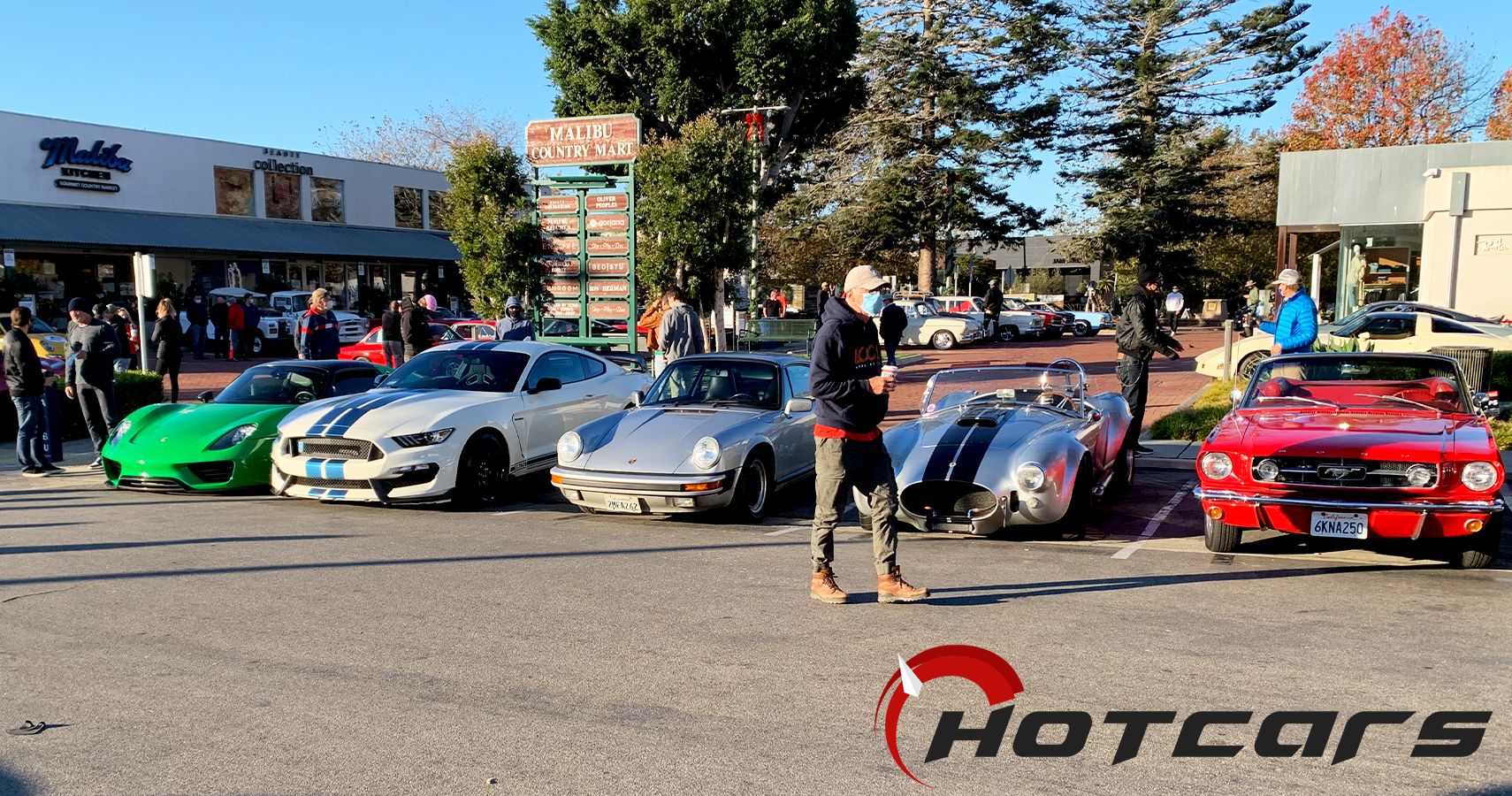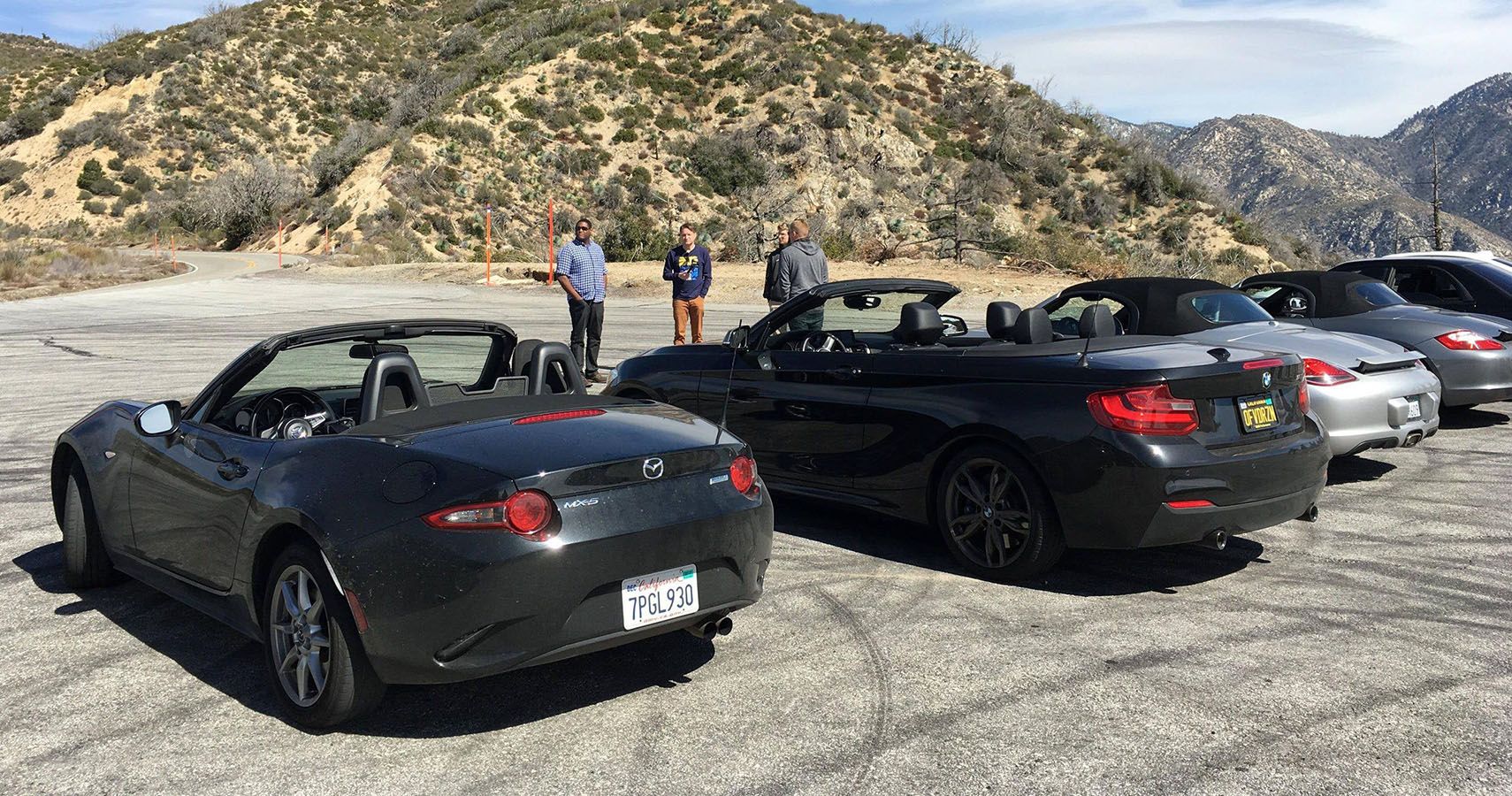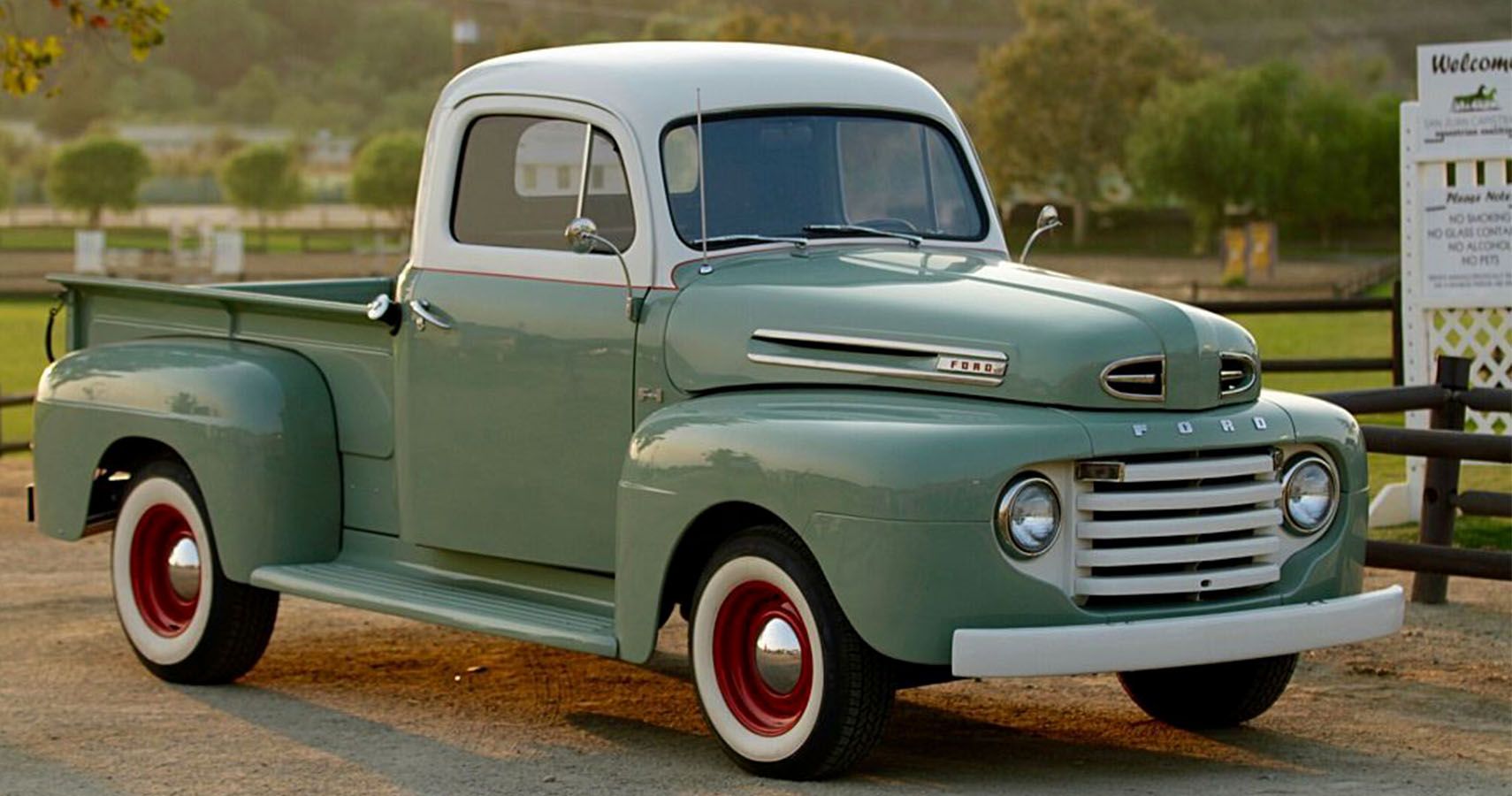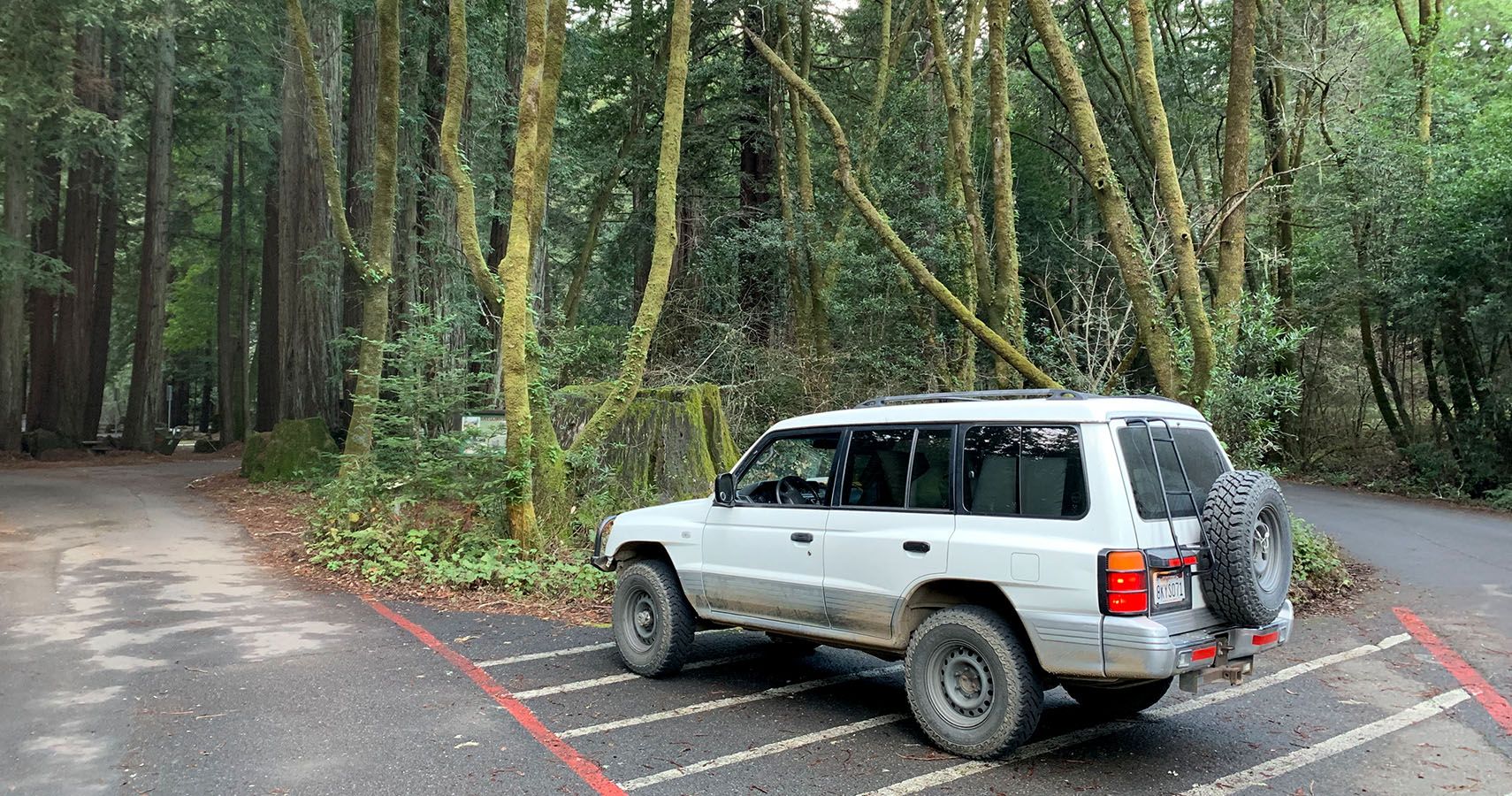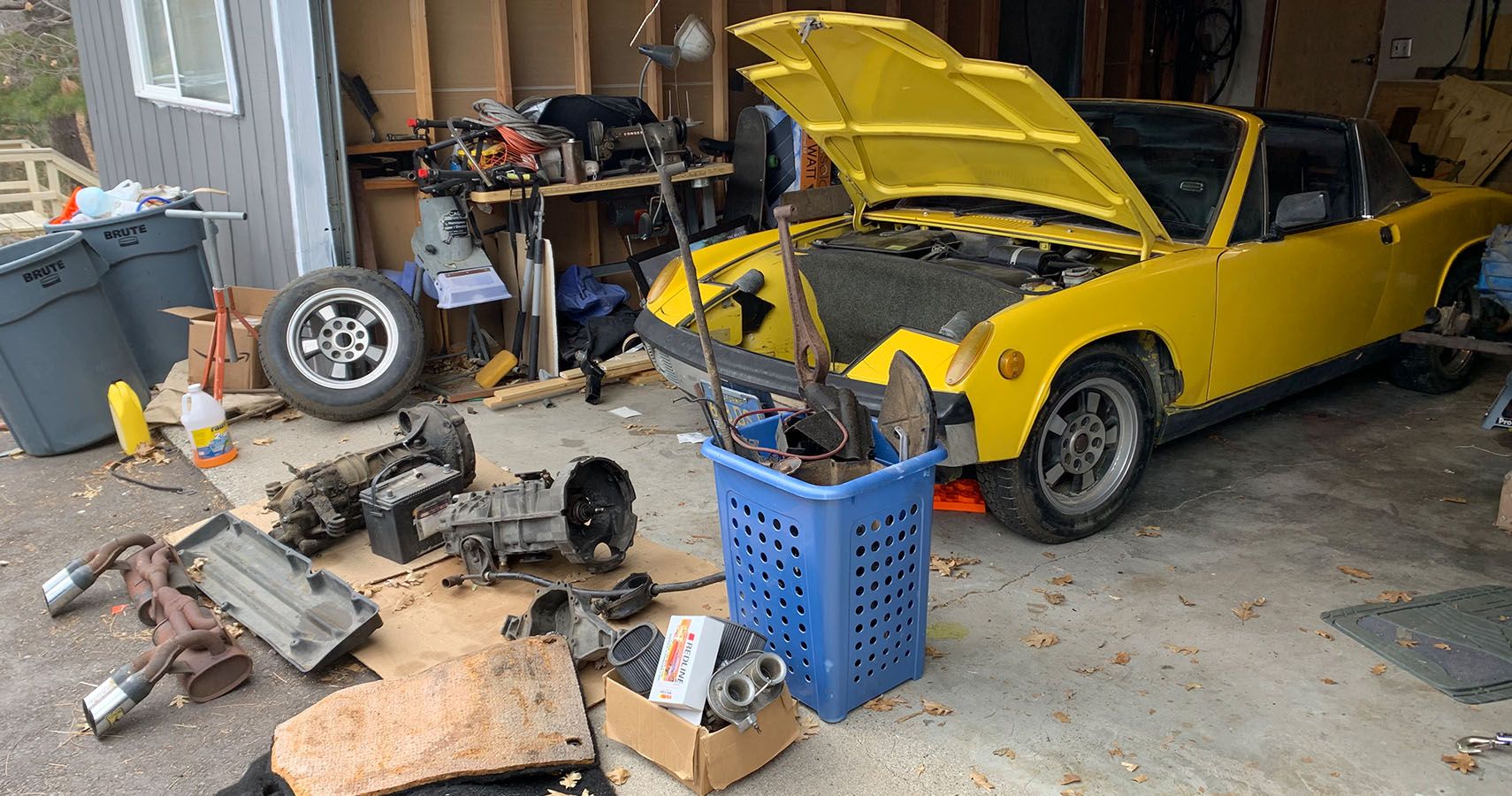Every day, we get closer to the beginning of the end for a pandemic that tore across the globe just over one year ago and promptly ground life as we know it to a halt.
For the automotive industry, the pandemic in 2020 meant shutdowns and delays, sales slumps, and canceled calendar mainstays like the Pebble Beach Concours d'Elegance. But already in 2021, events like the Rolex 24 at Daytona have served as proving grounds for safe automotive fun in the dawning post-pandemic era.
Throughout the crisis, enthusiasm for automobiles has grown and grown. Part of the collector car boom can, no doubt, be attributed to sheer boredom, as people found themselves sitting at home with little to do other than picture themselves socially distancing behind the wheel of their dream cars. But the world's wealthiest car buyers also propelled the likes of Lamborghini and Bugatti to record-setting profits despite economic slowdowns.
In October of 2020, I spoke with Hagerty VP of Valuation Services Brian Rabold about the boom that my car-addicted friends and I had been theorizing about and he said that classic cars valued under $50,000 were selling like hotcakes. Now, Hagerty has revealed an official "Hottest Cars of the Pandemic" list along with specific quotes, values, and demographics to support the entries.
And so it came to be that I found myself lucky enough to chat with Hagerty Manager of Valuation John Wiley about the cars his team claims have seen the biggest booms during this unprecedented year of pandemic life.
Manager Of Valuation John Wiley
Wiley joined Hagerty in 2017 following an early career in data science at the real-estate website Zillow. He leads a team that splits time between mining Hagerty's mountain of collector car information, largely sourced from insurance quotes, and actively "conditioning" collector cars in the real world (that is, until the pandemic put a kibosh on in-person appraisals).
“Part of [our job] is responding to requests about what’s happening in this part of the market for collector vehicles, whether it’s trucks or motorcycles or convertibles," Wiley told me. "The other part is, of course, more internal. So if one of our account executives says. 'We have this client and they have a collection of 20 vehicles or 300 vehicles, can we review the values on those?'”
Specifically discussing Hagerty's response to the pandemic, Wiley wistfully admitted, "One of the things that did change for our group was that we would typically go to these live auctions and condition cars at the auction. I think in 2019, we conditioned something like 16,000 vehicles. So that’s looking at a vehicle, setting eyes on it, writing down condition 1, 2, 3. And within that, it’s 1-minus or 2-plus, 3-plus. But we weren’t able to that much in 2020."
Wiley and Hagerty remain committed to the Valuation Services that so many customers rely upon, pandemic or not. "Right now, this is price guide update season," Wiley said. "So we’re going through our values and reviewing those and making sure everything is current and accurate."
Trends Point To A Growing Enthusiast Market
Wiley and his team inspect such a huge range of cars year in and year out that he's become an expert at noticing the little things. I asked how long it usually takes him to get a good read on a collector car's condition.
"It’s within 30 seconds," he responded, "If you do a quick walkaround, you get a pretty good general impression. If it’s something subtle, it might take a bit longer. Oftentimes, it’s those last-minute things, the details that kind of show how complete or incomplete a restoration was. Did they finish with the trim on the taillights, are the screws finished correctly or not? Those types of things, when you look at a hundred cars in a day, you get familiar with what shows up as a show-quality car or not."
Wiley has also developed a good sense of humor about the disconnect between an owner's perception of their car and reality, laughingly recalling, "Everyone has a condition 1 car, but they’re actually typically condition 3."
But he also has access to Hagerty's enormous trove of data, so Wiley and his team can take a more meta perspective from which to analyze the collector car market, as well. Some of the cars that Hagerty's algorithms revealed to have enjoyed massive jumps in popularity from January 2020 to January 2021 included makes and models that were, perhaps, expected—but others came entirely out of left field.
Plenty of news outlets have reported on the overall success of websites like Bring a Trailer and the boom in collector car enthusiasm during the pandemic—whether thanks to the potential for actual fun while social distancing or downright boredom—but Wiley was able to dig deeper. Entry-level sports cars seemed to do the best, like the 1990-98 Mazda MX-5 Miata for which Hagerty reports at 19% increase in quotes since 2018 and a 7.5% year-over-year average value increase for condition 2 cars.
Similarly, the 986-generation Porsche Boxster has enjoyed a 14% increase in quotes—though values remain unchanged from a year ago (perhaps because the Boxster was already seen as a potential "next big thing" after the air-cooled explosion of the past few years). And the E46-generation BMW M3 has proven exceptionally popular, with a 33% increase in quotes since 2018, of which 78% have come from Gen-X and Millennial members. Meanwhile, values have jumped 9.1% in only a year.
Hagerty Sees The Big Picture Of The Enthusiast Market
The demographic information that Wiley analyzes allows for some further interpretation of these figures. For example, nobody should be surprised that the two highest-priced cars on Hagerty's list, the 1984-91 Ferrari Testarossa and 1963-67 Mercedes-Benz 230SL, both fall squarely in the Baby Boomer corner. The simple economics of Baby Boomer wealth explain plenty of the trend, as does the fact that Gen-Xers and Millennials simply prefer cars that were hot when they were young and impressionable.
"Boomers are the most numerous in terms of policy quotes, however, Gen X has almost caught up to them," Wiley told me. "Boomers grew the slowest of the generations during the pandemic, but it was still like 7%, whereas Gen-X grew closer to 12% and Millennials grew close to 17%. So that growth is faster for the younger generations but still smaller in number—but Gen-X isn’t that much smaller."
I found myself surprised that Gen-X and Millennials weren't seeming to struggle as much as expected during the pandemic, since I assumed their gig labor positions (and savings accounts) would have dried up as the economy cooled off. Then again, it seems likely that Hagerty's average member sits at a slightly different dinner table than the average American.
Surprisingly Popular Classics Getting Hot Now
Wiley and I both brought up a few of our surprises from among Hagerty's list. Early Ford F-Series pickup trucks seeing a quote increase of 9% in 2020, which made it more popular than the Porsche Boxster, sounds almost hard to believe. But these are cold, hard numbers showing that half of those quotes came from Boomers and, even more surprisingly, fully 40% were from Gen-X and Millennial clients.
"Vintage pickup trucks and SUVs have been really popular," Wiley explained, "Especially with Gen-Xers and, to some extent, with Millennials. But it’s typically trucks and SUVs from the 1960s and 70s, more modern. This is trucks from the late-40s and early-50s, so that says to me that enthusiasts were expanding their horizons a bit."
One SUV that Gen-X and Millennials both seem to gravitate towards is the 1984-91 Jeep Grand Wagoneer, which saw an 11% increase in quotes for 2020 of which Boomers figured less than a third. But some makes and models proved popular across all demographics, like the Datsun 240Z, which saw a relatively meager quote increase of 3% but a startling 41.9% value jump in only one year.
"“I think the Datsun 240Z is a great example of a success story for these affordable classics," Wiley said. "It’s an early Japanese classic, so it has a broad range of enthusiasts who like the vehicle. Whereas I think more modern Nissans are the JDM crowd, this is more vintage enough that Boomers like it, too. It was more affordable for a time but now it’s getting more recognition. And part of that is thanks to Bring a Trailer and the green car that sold for close to $300,000.”
Pandemic Restrictions And Lockdowns
I asked Wiley whether his data could show that the pandemic specifically affected enthusiasts regionally, as governors and counties enacted and lifted lockdowns, social distancing measures, and business restrictions almost willy-nilly.
"We did look at geography in terms of quoting activity and how that changed last year," he revealed, "But there really wasn’t an obvious pattern. I looked at change by county but didn't see a pattern that was urban versus rural or coastal areas versus inland areas. It just looked like some big pattern or a mix of changes. There also wasn’t any correlation with respect to which areas had greater restrictions due to the pandemic or not. The Northeast looked like it was very active, so did parts of California and so did parts of the South—there wasn’t a real pattern to it."
RELATED: People Used To Hate These Classic Cars… Now They’re Worth A Fortune
On A Personal Note, How About A Porsche 914?
While I had Wiley on the line, I had to squeeze in a few questions of great personal importance. For example, what about the pandemic-period values of two models specifically: the Porsche 914 and Mitsubishi Montero? He responded with some good news.
“The 914 price guide values were up 16% from January 2020 to January this year. In terms of quote demographics, it is still over half of the quotes come from Boomers for the 914, however Gen-X quote interest is growing. Again, that's a shift that’s taking place for a lot of vehicles."
“For the Montero," he continued, "Boomers and Gen-Xers and Millennials all sort of equally like it. And all of those groups increased their quotes in 2020, it was up almost 47%. It’s not in the price guide but the average quote value was up 12%, to almost $7,000. So it seems like a good vehicle."
Wiley himself drives a 2018 Alfa Romeo Giulia Q4 Ti with the Performance Pack that adds a limited-slip differential, as well as feature he enjoyed that's a "bumpy road setting, similar to what modern Ferraris have, that relaxes the suspension a little bit." He doesn't own a classic, though he described his decision to buy the Alfa as so many enthusiasts do.
"I grew up and got my driver’s license around the time that Alfa Romeo stopped selling cars in the US, so it was always like, 'Maybe one day…'"
Wiley has put 3,000 miles on his Giulia despite working from home since he began at Hagerty (not to mention that his ownership period has almost perfectly matched the pandemic's duration). But he sounds enthused to own a sports car, even if it's not a classic, and the fact that he drives for pleasure rather than commuting puts him into a similar category of driver as most of the Hagerty clientele base.
Going forward, Wiley's analysis of Hagerty's data and the emerging trends led him to confirm my own personal expectation that the collector car boom is only just beginning, even as the pandemic approaches the beginning of the end.
Sources: hagerty.com, nytimes.com, zillow.com, instagram.com, and alfaromeousa.com.

